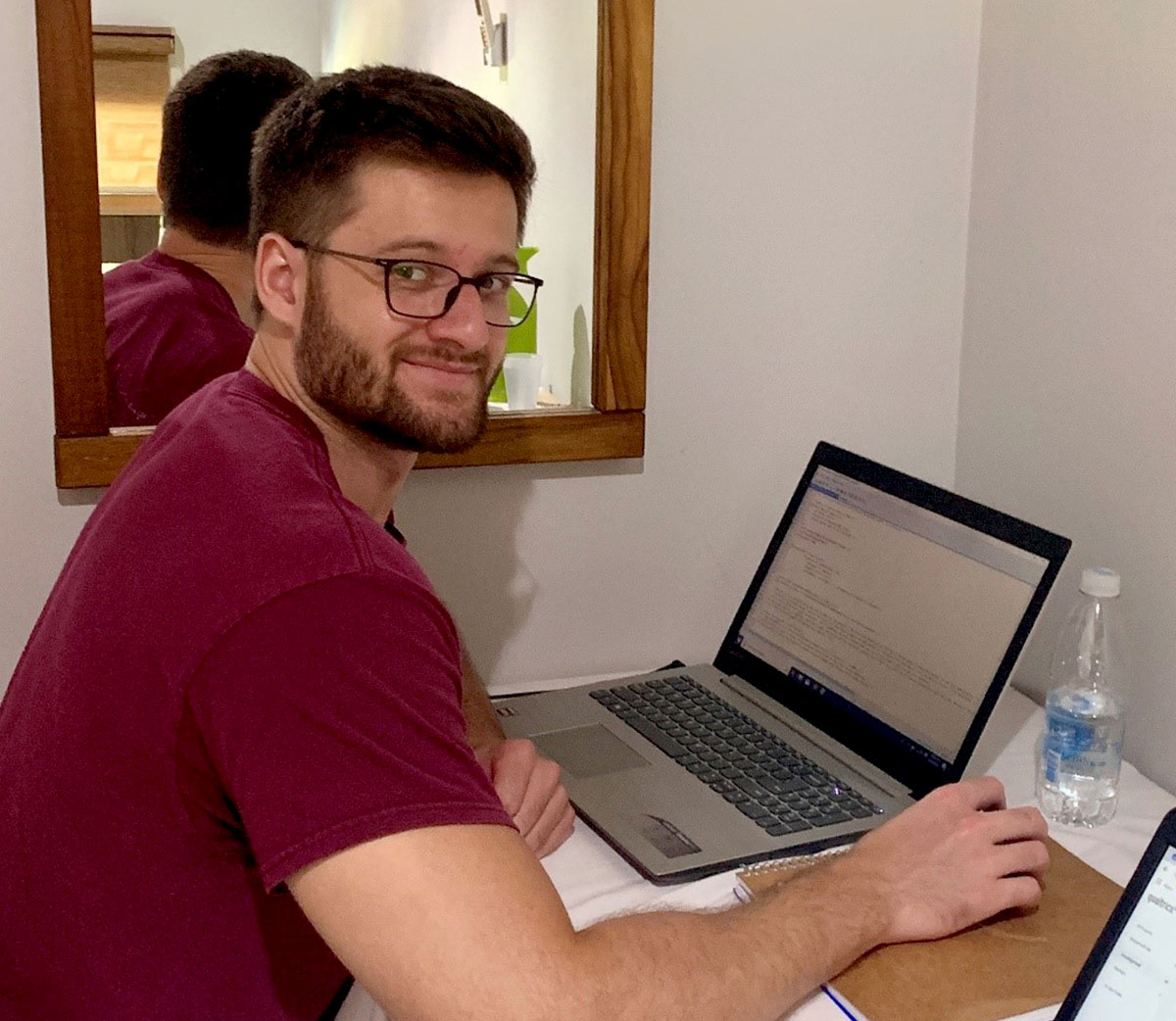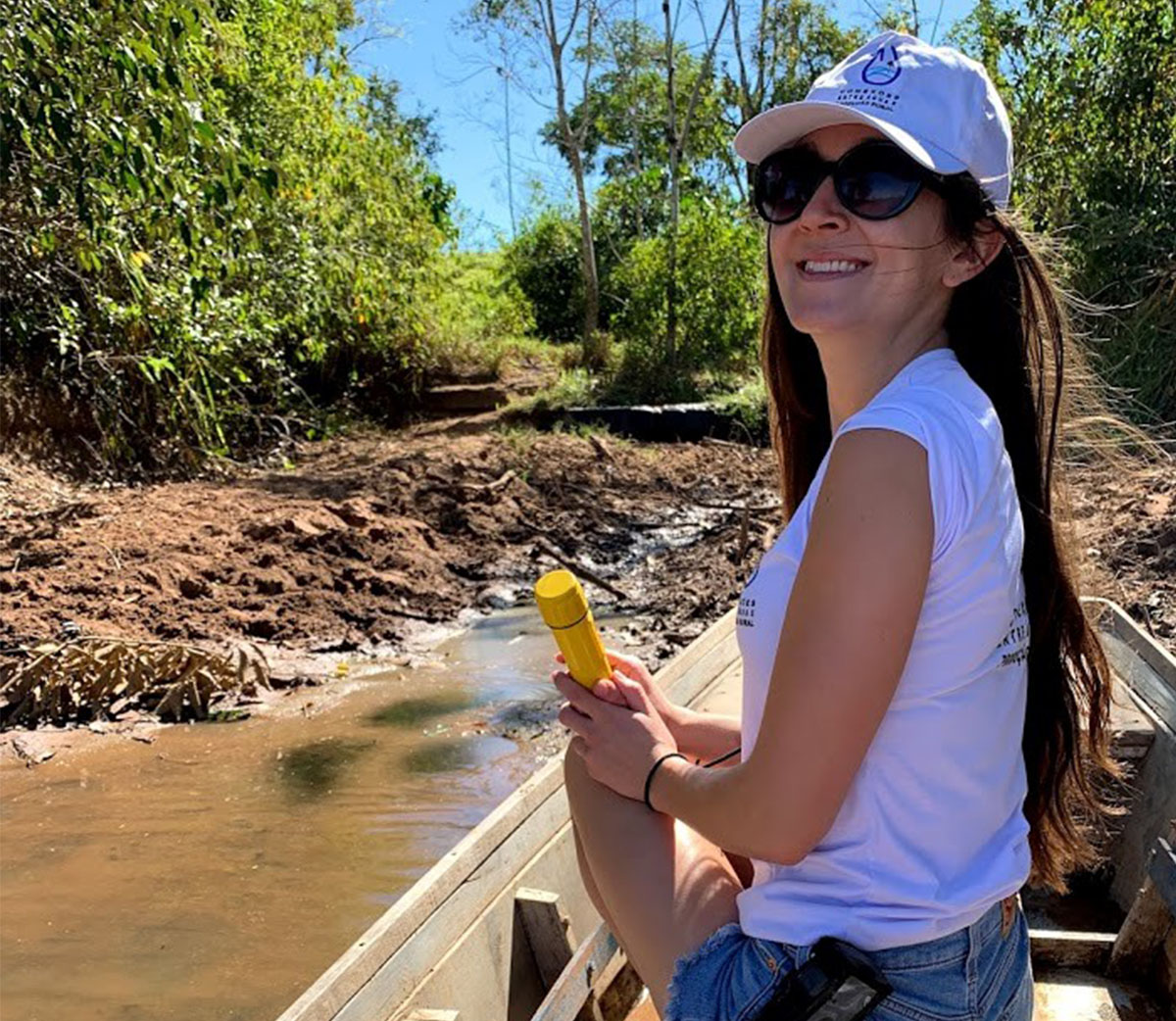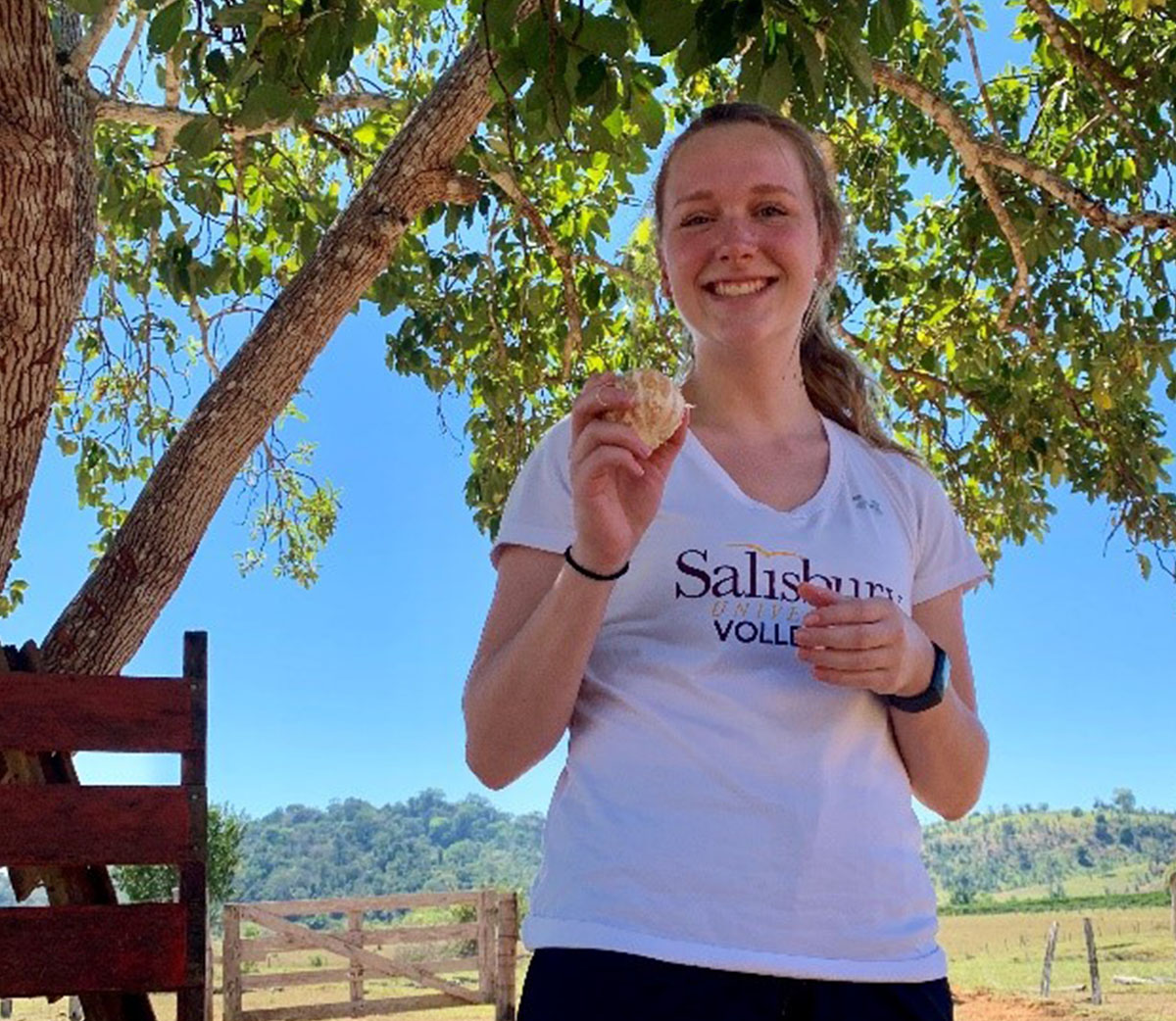An SU Student's View of Field Work in the Brazilian Amazon: Part 3



For more than 20 years, Drs. Jill Caviglia-Harris of Salisbury University’s Economics and Finance and Environmental Studies departments and Daniel Harris of the Geography and Geosciences Department have studied the effects of land use and deforestation in the Brazilian Amazon. Although an important part of the team, they are only a small part of the project, which includes researchers from multiple disciplines and universities.
As part of an international team of academics, they spent one month this past summer conducting National Science Foundation-funded field work in Rondônia, Brazil. SU environmental studies and political science major Rachel Dubbs followed the researchers and recorded her observations in a series of articles. The third of three appears below.
Story of the Team
The Brazilian Amazon project, “Connections between Water + Rural Production” can be traced to 1996 when Dr. Jill Caviglia-Harris of Salisbury University conducted almost 200 farm interviews as a part of her doctoral work.
She was joined by Dr. Daniel Harris, also of SU, in 2000. Harris digitized paper maps of the region and used a Geographic Information System (GIS) to identify surveyed farms and other spatial features collected by GPS. In 2005, Dr. Erin Sills of North Carolina State University joined the team as the number of farm interviews increased and satellite imagery was paired with the survey data.
Dr. Katrina Mullan, the current project’s principal investigator, of the University of Montana, became an integral part of the team in 2009 as a postdoctoral student. In the next decade, the team expanded to include Drs. Trent Biggs and Fernando De Sales of the San Diego State University, Dr. Andrew Bell of New York University and Dr. Elvino Ferreira of the Federal University of Rondônia, Rolim de Moura, increasing the scope of the project to include hydrology, climatology, and field experiments.
Dr. Thais Santiago, a postdoctoral biologist from University of Montana, joined the team in 2014, and Marin Skidmore, a Fulbright scholarship recipient and Ph.D. student at the University of Wisconsin, joined in 2018. A Brazilian colleague, Dr. Ferreira’s graduate student, Cleiton Schmidt Cavalheiro, also has also been an active collaborator since 2016.
This summer, two SU undergraduate students, senior geography and earth science major Amber Millison of Frederick, Maryland; and senior economics major Craig Mc Iver, originally from Durban, South Africa and now of Huntingtown, MD, accompanied Harris and Caviglia-Harris to Rondônia, Brazil, to assist with field work undertaken to better understand the relationship between water resources and agricultural production.
Millison was selected to develop web-based study area maps and geospatial databases to support data collection by the Brazilian student interview team. The job included late-night tablet troubleshooting; long hours of map synchronization; and hot, dry days measuring farm ponds exposed to the oppressive tropical sun.
Mc Iver also played a central role in the project by learning to program survey data checks under tight deadlines and offering to assist team members after many days of long coding sessions.
The team’s growth throughout the years is evident in its members’ ability to work well together under stressful field situations. Dr. Andrew Sharma, a media professor at SU who was making a film about the project, observed this firsthand from behind his camera lens.
He found the camaraderie among the participants very heartening and noted that, despite the demands of the massive logistics and the harsh environment, the researchers’ outlook always was upbeat. Often operating on minimal sleep, they were ready to help one another with many issues like equipment malfunction and other technical glitches that had a domino effect on all parts of the project.
Offering an example, Sharma said one evening when an outdoor activity with the 46 Brazilian students hired to administer the household survey was planned, it rained continuously for hours on end, making everything in sight visibly wet. The team adapted and still held the event as if skies were clear.
“I just had to marvel at their spirit and tenacity,” he said.
While the team hopes its work can contribute to the scientific community through publications, most of its members viewed their research as an opportunity to help local farmers and advise the students involved in the surveying. Santiago, for instance, said she wanted to “empower the researchers here and to make them feel valued through the work they are doing.”
De Sales viewed his work in a similar way, saying he wanted to “give back to Brazil.” This research was an opportunity to help small farmers cope with deforestation, he added.
